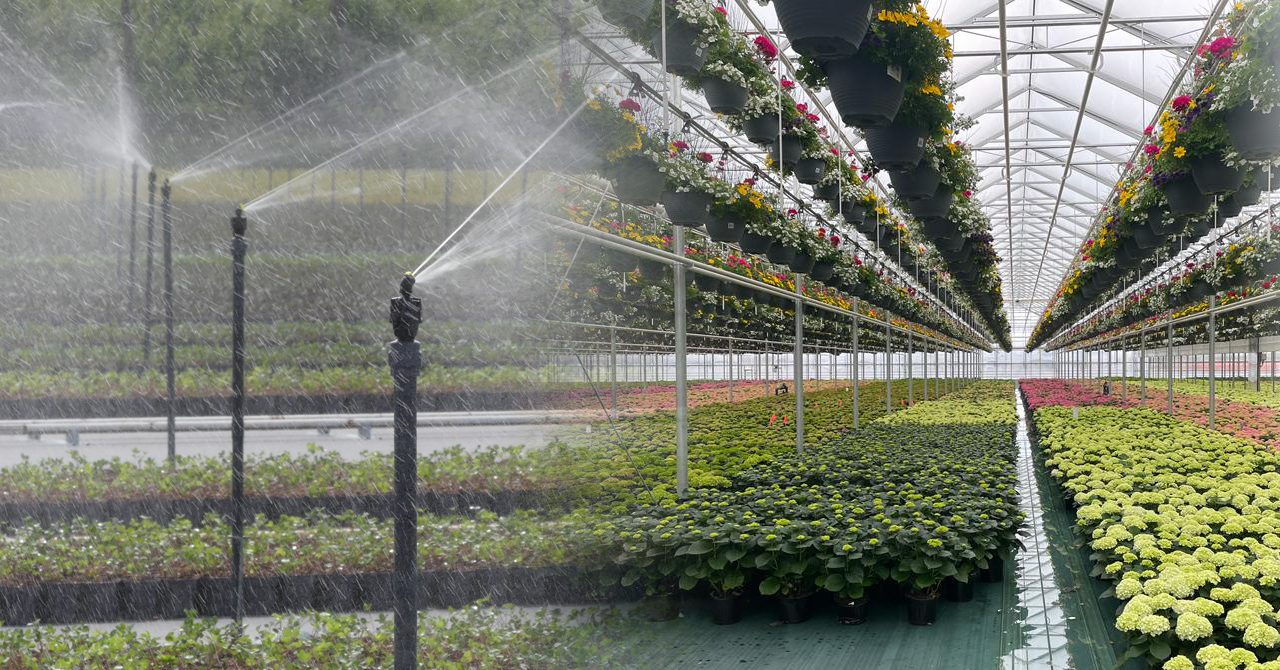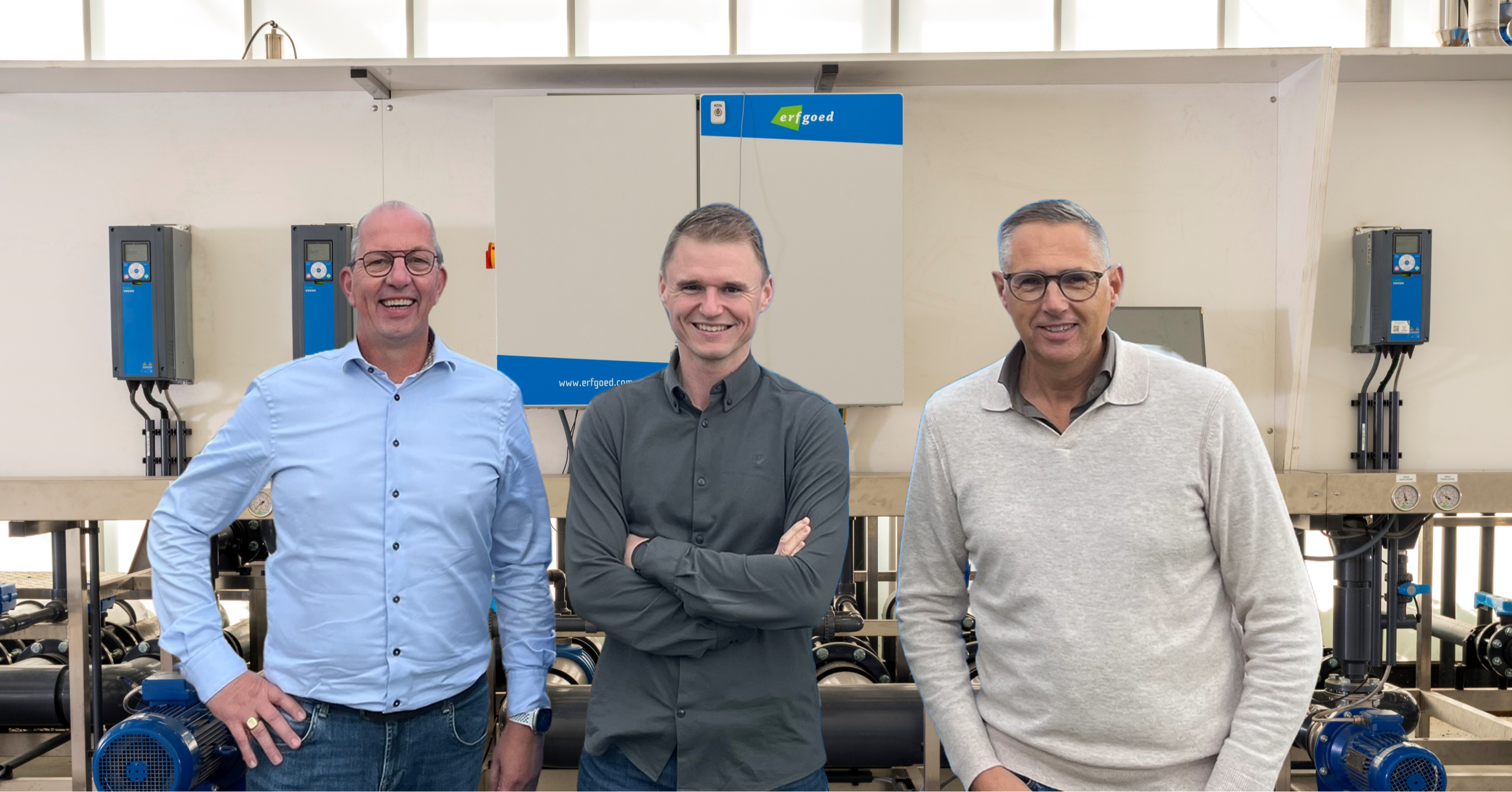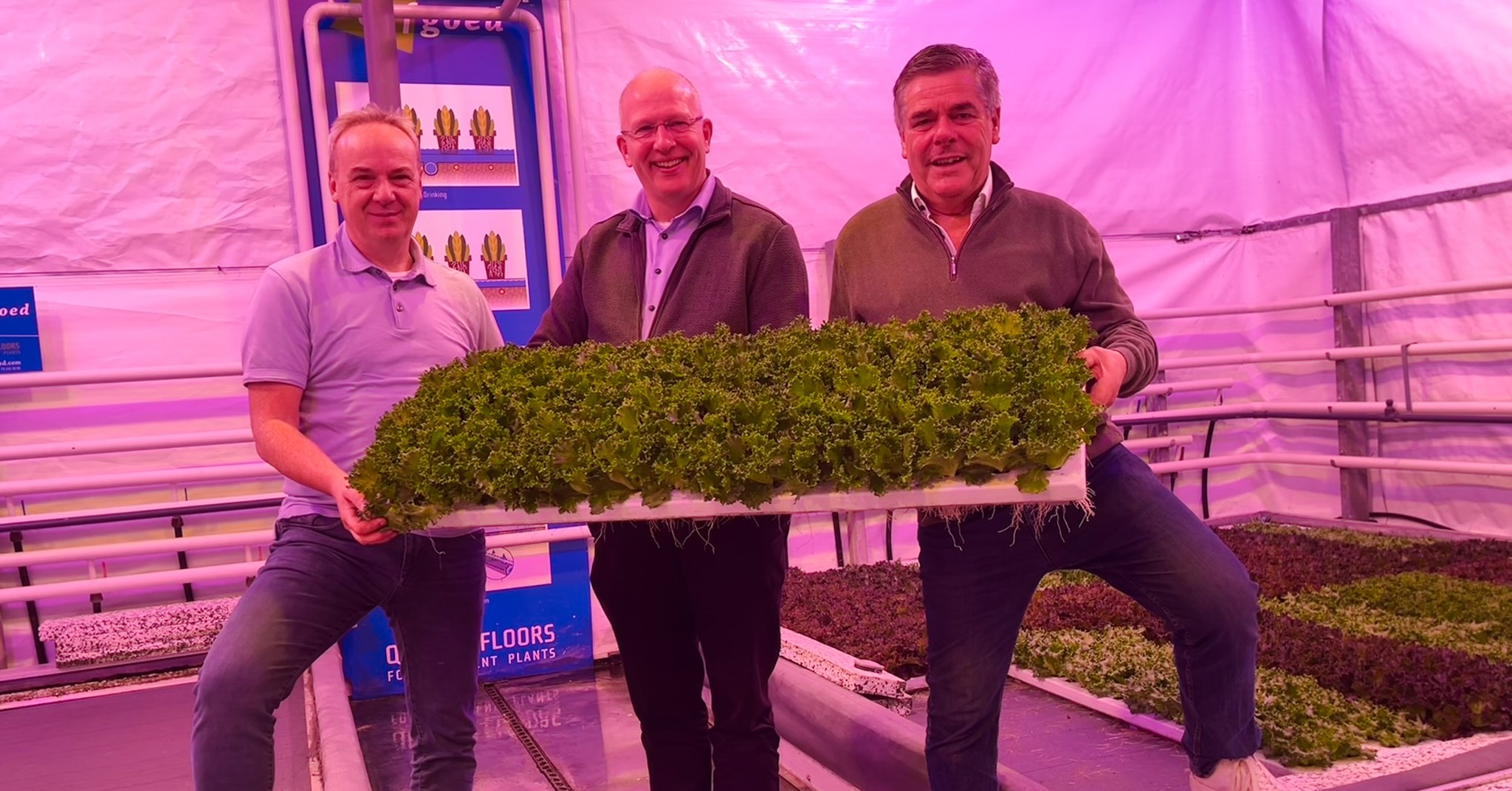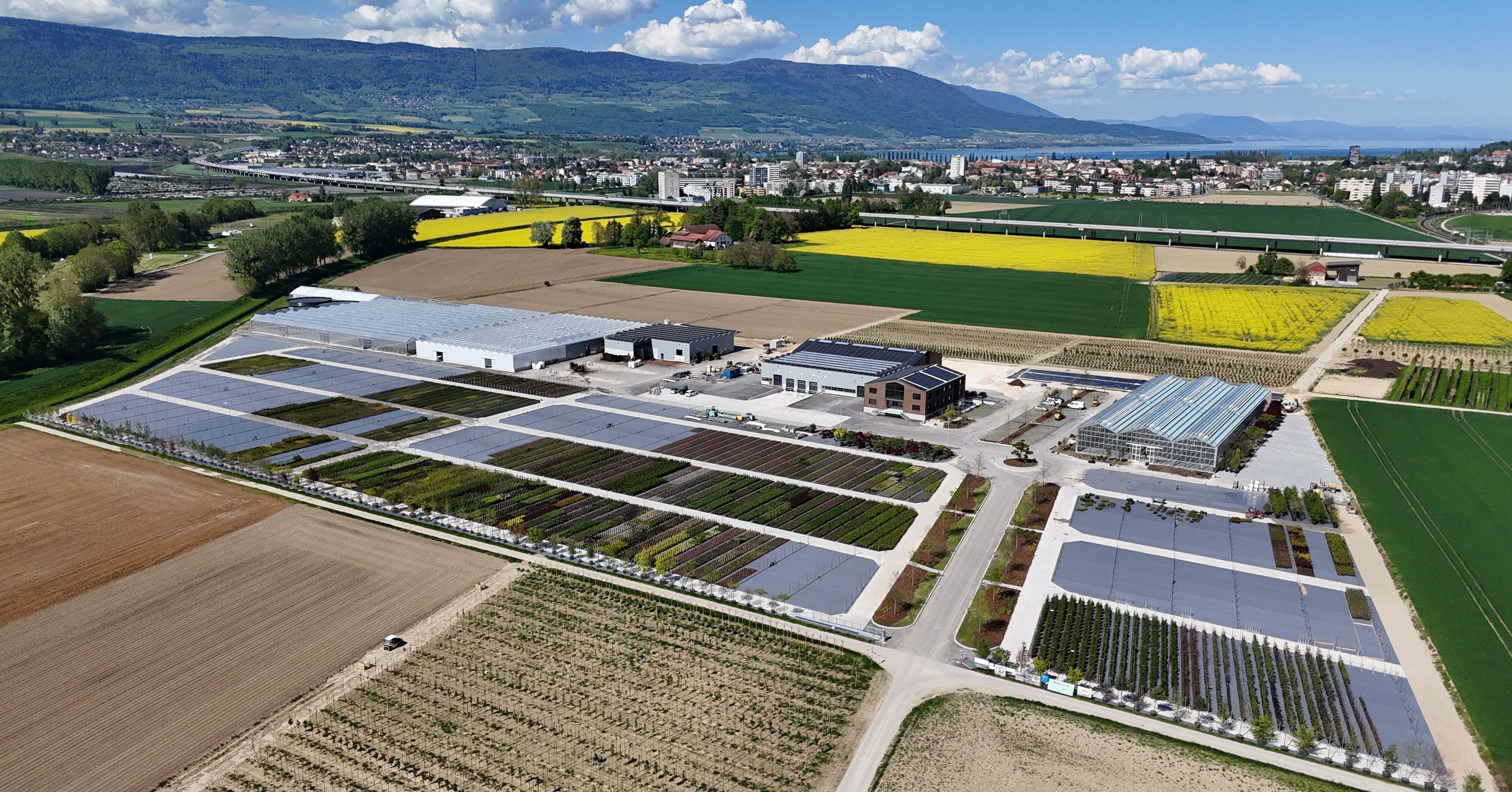- Prefer direct contact? +31 (0)79 593 38 00
- Language: English
Irrigation systems for growers: Ebb and flow system versus sprinklers

Irrigation systems for growers: Ebb and flow system versus sprinklers
Sep 12, 2023 10:10:11 AM
When maintaining a consistent product quality, picking the right irrigation system is key. You've got a few options, like ebb and flow systems and standard overhead sprinklers. In this article, we'll explain the main differences between these two systems so you can make an informed choice for your business. Let's get started!
Definition Sprinklers
Plants are watered through a system of pipes, taps, and sprinklers. Placing several sprinklers in a predetermined pattern creates a uniform watering system.
Definition: ebb and flow system
In this irrigation system, the plant receives water from below. Then, this water either sinks into the subsoil (this is the case with an ErfGoedFloor) or runs to the lowest point (this is the case with a concrete floor).
1. Which irrigation system wastes the least amount of water?
When you use sprinklers, a significant amount of water tends to go to waste. This happens because a lot of the water ends up outside the pots. Moreover, sprinklers often have a long range, causing water to be spread into nearby areas, leading to unwanted wastage.
Furthermore, the extent of water loss can vary based on the type and structure of the plant. For instance, plants with an umbrella-like shape tend to repel water that flows down the sides and onto the ground rather than into the pot, resulting in additional wastage.
On the other hand, ebb and flow systems also experience water loss due to evaporation during the process. However, since the water is only present on the floor for about twenty minutes, this water loss is relatively small compared to the wastage associated with sprinklers.
2. Which watering system provides the best plant quality?
When you use sprinklers for overhead watering, it's logical that the leaves get wet, which can lead to increased disease pressure. For instance, having water on the leaves during cooler times can promote conditions for diseases like Botrytis. Additionally, wet flowers can be susceptible to damage.
Indoor crops, in particular, need extra heating to maintain a dry environment in the greenhouse because, as mentioned earlier, a significant portion of the water ends up next to the plants. This drying heating requirement naturally translates to increased energy consumption.
On the other hand, with an ebb and flow system, you can avoid these issues altogether because the water is delivered from below, contributing to improved plant quality and minimizing the risks associated with wet foliage and flowers.
3. Which system can provide the most targeted watering?
Using sprinklers for watering has its advantages, such as the ability to water multiple plants or species simultaneously without much hassle. However, it's worth noting that sprinklers lack the precision found in programmable systems and can lead to water reaching unintended areas due to their long range.
Conversely, determining watering at the species level can be challenging with an ebb and flow system, as the entire section is typically flooded. Nevertheless, an ebb-and-flood system does offer the advantage of targeted watering within a specific section, providing a degree of control not always achievable with sprinklers.
4. Which irrigation system is the cheapest?
Sprinklers are a more budget-friendly irrigation option than an ebb and flow system.
5. What crops are best suited to irrigation systems?
Sprinklers find their primary use in nurseries focusing on either a single crop or a limited number of crops. This preference stems from the fact that sprinkler systems don't offer the precision needed for species-level watering. They are commonly employed with relatively low-cost and cold-resistant crops, making them a go-to choice for outdoor cultivation. The ease of installation in open environments, along with efficient water drainage, adds to their outdoor suitability.
When nurturing young plants and aiding in root development, overhead watering using sprinklers can be quite effective. However, as the roots mature and become more active, it's advisable to transition to other irrigation methods. Doing so can help reduce the risk of plant diseases, which can be exacerbated by consistently wet foliage.
On the other hand, an ebb and flow system excels in the care of flowering potted and garden plants, such as roses. This system's unique feature of watering from below significantly reduces the risk of diseases since the leaves remain dry. This is particularly beneficial for plants like roses, where leaf diseases pose a significant challenge.
Furthermore, the ebb and flow system is ideal for plants and trees with a substantial canopy. Unlike other irrigation methods, it ensures these plants receive the adequate moisture they require for healthy growth and development.
These blog posts might also be interesting for you:
- Irrigation systems: Ebb and flow system versus water booms
- Irrigation systems: Ebb and flow system versus drip irrigation
- 4 Irrigation Systems in Horticulture: Choosing the Right Method
- Filtering irrigation water: when do you choose which technique?
- Information page about Irrigation systems for growers.





